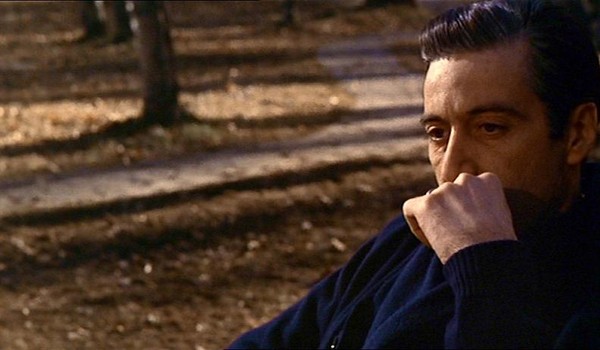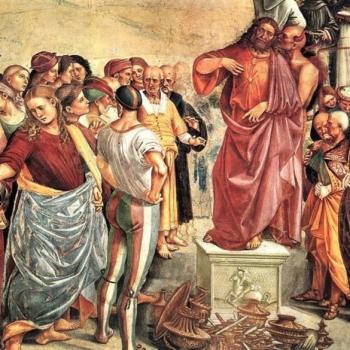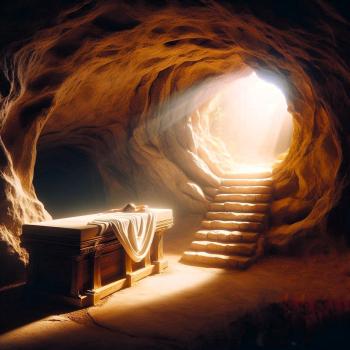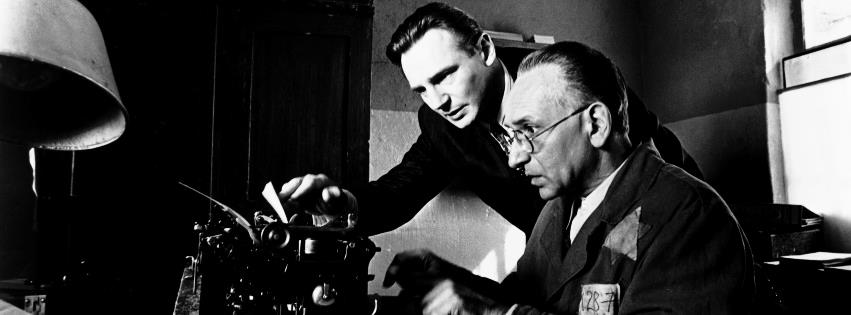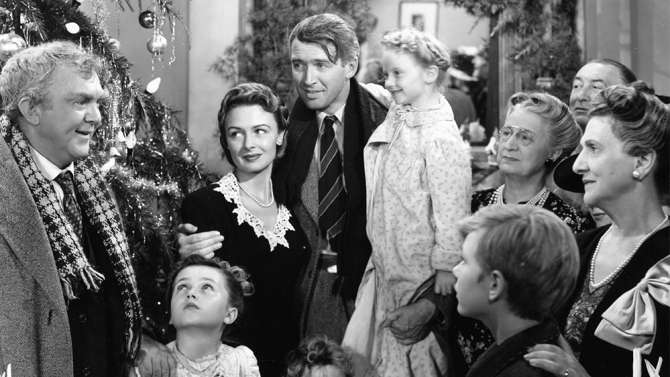Today begins a new series called “My Essential Movies,” monthly essays on the finest films ever made.
“That’s my family, Kay. It’s not me.” Michael Corleone is not lying when he says these words in The Godfather. He means them. He means them so much he joined the military merely to prove them. We learn about that in the penultimate scene of The Godfather Part II, a flashback that surely ranks as one of the greatest filmmaking decisions of all time. Michael, sitting with his brothers awaiting their father and Corleone patriarch, casually announces his has joined the Marines. This angers and confuses them, since young Michael was given a draft deferment (this is WWII) and—as Tom says—“Pa had to pull a lot of strings.” His family interprets this as gross ingratitude, but we know better. Michael went to war to avoid becoming a gangster.
But the war ended, Michael (Al Pacino) returned home, and the rest is history told in the first movie. The dinner flashback at the end of Part II is crucial to the mythology of the Corleone family because it inserts the final missing piece of our understanding of the youngest Corleone son. Why, for example, does Vito tell Michael in the outdoor garden, “I never wanted this for you”? Why does Michael, years later, ask his mother if it is possible to lose a family? The answer is that Michael no longer knows himself. He is at once two people: A young man heading off to serve his country, and a brilliantly meticulous murderer who would like to run it. Michael wants to be the first man and not the second, but he fears he doesn’t know how.
It is important to see that famous final scene of The Godfather—in which the door to Michael’s world is literally shut on Kay (Diane Keaton)—as a beginning and not an end. It’s at that moment that Kay, who represents director Francis Ford Coppola’s audience, realizes that she will never really know her husband. In the terrifying and flawlessly acted scene in Part II in which Kay tells Michael that she aborted his unborn son, we understand she no longer wants to. “It was a son, and I had it killed because this must all end,” she thunders, right before Michael hits her (bringing to our remembrance the murder of Carlo, who married and then abused Connie Corleone so a rival family could assassinate Sonny). The “this” in that sentence is the first and only time Kay makes explicit reference to the Corleone family’s organized crime. The illusion of “It’s not me” has died. Michael has become a monster.
Most monsters become what they do to protect something truly valuable. In Michael’s case, it was his wife and children. His downward spiral is precipitated by a botched assassination attempt in his home. It has to be an inside job. “Keep them alive,” Michael instructs his men as they hunt the gunmen. Later on, impatient with a relative who doesn’t seem to understand What’s At Stake Here, he indignantly screams, “In my home! Where my wife sleeps and my children play!” Whatever happened to “it’s not personal, just business”?
But that’s the point, isn’t it? It was always personal. Murder is never strictly business. The parallel story line in Part II shows us the ascendancy of Vito Corleone and his empire. We watch as his mother is shot right in front of him by a local mobster. He escapes Italy and emigrates to New York, where he works hard and loves his family. When another mobster tries to extort him, he kills him, and thus begins a life of violence that is business and very personal, a point driven home when he returns to Italy as a prosperous adult to stab the old man who killed his mother.
The difference between father and son seems to be that Vito knew this kind of power is ultimately meaningless, and Michael doesn’t. When Michael senses his empire slipping away, he doubles down. He violates the dictum that he gave to young Fredo in Part I (“Never take sides with anyone against the family—ever”) and aligns himself with Hyman Roth (Lee Strasberg), believing that the Jewish bankroller can finance him into a position of unassailable power. “We’re bigger than US Steel,” Roth intones, one of The Godfather Part II’s most recognizable lines. By the third act, Michael is no longer thinking about his family, but about his empire and revenge. Right after the assassination attempt, Michael departs for Miami to meet Roth. An odd choice; did he not question the wisdom of leaving his family at such a time? There’s a haunting scene after Michael returns home that shows him arriving at an eerily silent house and creeping his way to the bedroom where Kay is knitting. Rather than embrace his wife, he retreats into the shadows, perhaps ashamed, perhaps unsure. Nina Rota’s score plays sad, somber notes, music for a love gone cold.
All of this makes the film’s most important moment—Michael’s execution of his brother Fredo—comprehensible. The word “family” no longer means what it used to for Michael. There are only friends and enemies. Fredo’s assistance to the assassins (never fully explained in the film) makes him an enemy. The key scene is Michael’s confrontation of Fredo, which becomes a familial airing of grievances for two fatherless boys (“I’m your older brother, Mike, and I was stepped over!”). Cinematographer Gordon Willis made a masterful decision to put the two characters on either side of the shot and in shadow, emphasizing the beautiful but lonely snowfall of the exterior. The brothers are strangers to one another now, joined only by the kingdom which winter is now burying.
John Cazale plays Fredo perfectly. He’s weak and sexually unconfident, and resents the opinion, shared by Michael, that he is too dumb and soft to be of much use to the family. Cazale died of cancer at only 42 years old, and those who knew him said he also was fragile and sensitive. Notice the way he trembles when explaining how he feels disrespected, and then recall how he fumbled his gun in while gangsters shot his father in Part I. He feels things deeply, and in the Corelone world, that’s a liability.
The Godfather Part II is, in any functional sense of the word, perfect. There are no needless scenes or busy characters. The screenplay by Coppola and Mario Puzo is so confident in its narrative that we get scenes of contemplation and atmosphere, and nothing for the sake of merely keeping our attention. Nina Rota’s music is iconic and the film’s famous “Immigrant” theme is bold and anthemic without ever becoming distracting. Every element of the movie ties into the stories. That’s the definition of great art.
Both De Niro and Pacino were nominated for Oscars. De Niro won, not undeservingly, but The Godfather Part II really belongs to Pacino. He is asked to transform before our very eyes in a way that De Niro wasn’t asked to do (since the latter’s character is split into two actors playing a boy and a man). Coppola said years later that the decision to cast Pacino in Part I was largely due to the way Pacino “communicated” with his eyes. Watch the penultimate scene between Kay and Michael and you’ll see what he means.
The film’s last shot gives me chills. It’s one of the boldest and most unnerving close ups I can remember. An aging Michael is seen on a park bench, staring out into space. We watch his tired eyes and ask if the entire film was simply a replay of his memories as he sits here. He is alone and knows why he is alone. As Rota’s famous theme plays, I find myself torn: Do I want to know what he’s thinking?

